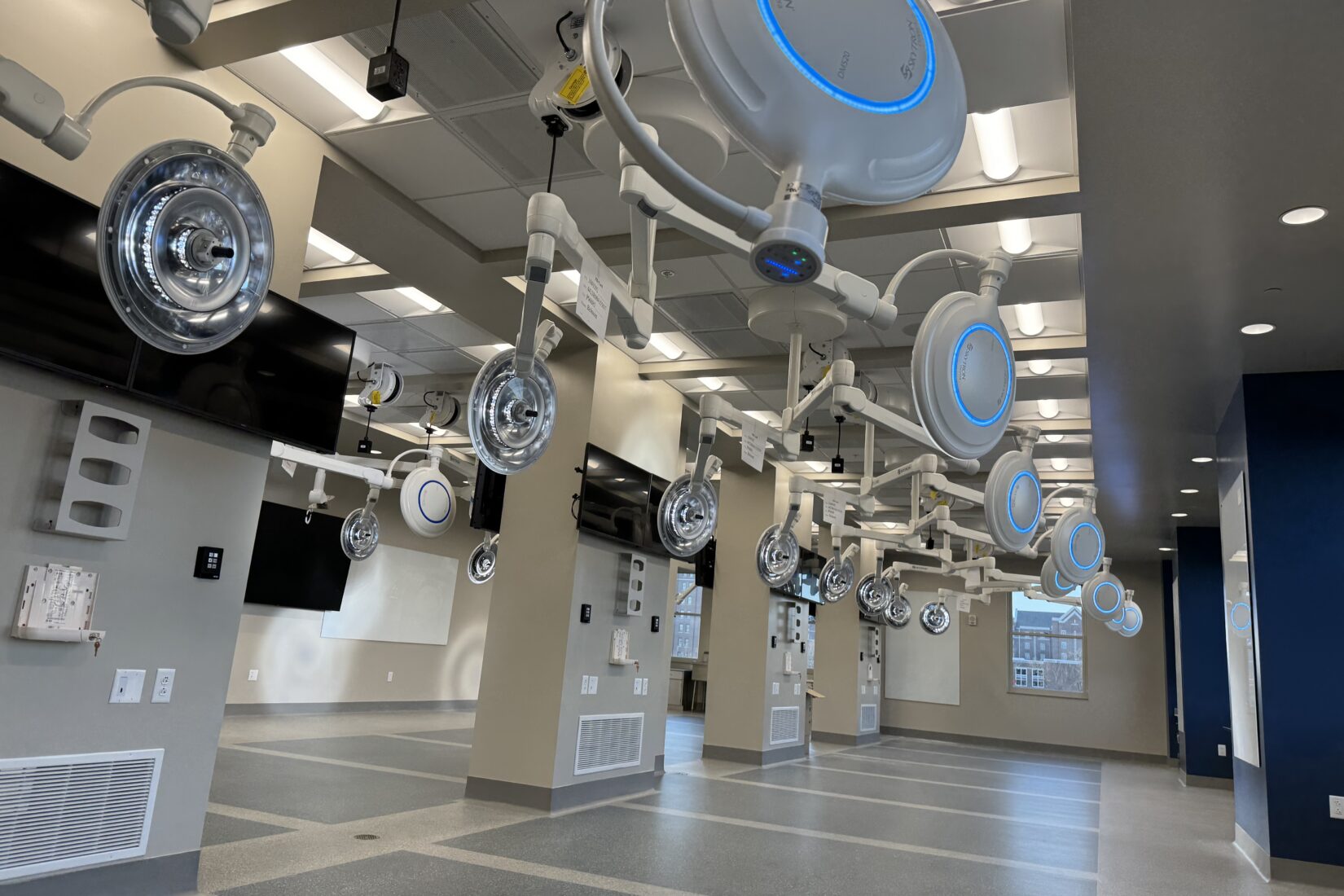Designing Medical and Nursing Simulation Centers Based on Real-World Healthcare Facilities and Systems
- Feb 06, 2025

Introduction
Shen Milsom & Wilke (SM&W) designs medical and nursing simulation centers that are tailored to replicate real-world healthcare facilities and systems. This report highlights the design process and benefits of partnering with SM&W in creating realistic and immersive simulation environments that prepare medical and nursing students for the clinical profession.
Design Process
SM&W designers use a combination of technical expertise and real clinical medical equipment planning and technology healthcare industry knowledge to create realistic simulation centers.
The design process involves the following steps:
1. Simulation Design: SM&W designers create detailed simulation designs, including layout, furniture and equipment, and clinical/operational workflow to create realistic environments.
2. User Testing: SM&W designers conduct user testing to validate the simulation design and ensure that it meets the needs of the simulation training program.
Benefits of Real-World Healthcare Facilities and Systems
The use of real-world healthcare facilities to design references, concepts and systems in SM&W designed simulation centers provides several benefits, including:
1. Increased Realism: SM&W designed simulation centers are designed to replicate the real-world healthcare facilities and systems, providing students with an enhanced realistic and immersive learning experience.
2. Improved Familiarity: SM&W designed simulation centers allow students to become familiar with the environment before entering the clinical profession, reducing the likelihood of errors and improving overall performance.
3. Enhanced Patient Safety: SM&W designed simulation centers can simulate complex patient scenarios, allowing students to practice and develop their critical thinking and decision-making skills.
4. Diverse Range of Simulation Scenarios: SM&W designed simulation centers can simulate a wide range of simulation scenarios, including emergency, acute, surgical, interventional and team-based care.

University of Texas Southwestern Simulation Center
5. Equipment Integration: SM&W designers can integrate medical equipment, such as ventilators, telemetry, infusion pumps imaging devices and dialysis machines, into the simulation environment.
6. Systems Integration: SM&W designers integrate healthcare systems, such as mock electronic health records (EHRs), mock laboratory systems, and mock radiology systems into the simulation environment. This provides a realistic approach to healthcare encounters and treatment scenarios.

Northern Kentucky University Medical Simulation Room
Recommendations
1. Involve Healthcare Professionals: Involve healthcare professionals in the design and development of SM&W designed simulation centers to ensure that the simulation environments are accurate and realistic.
2. Provide User Feedback: Provide user feedback to SM&W designers to ensure that the simulation centers meet the needs of the training program.
3. Invest in Simulation Technology: Invest in simulation technology, such as simulation software and hardware, to enhance the realism and effectiveness of SM&W simulation centers. This includes mock clinical information and imaging systems.
SM&W Project Detail
Our firm played a vital role in providing acoustic, audiovisual, IT infrastructure, IT systems, and medical equipment planning for the new 195K SF, 6-story, Thomas F. Frist, Jr. College of Medicine at Belmont University, located in Nashville, TN (pictured above). Designed to foster interdisciplinary learning, the facility includes one of the largest and most comprehensive simulation centers in the nation.
Our acoustic design experts ensured optimal sound environments across learning theaters, simulation labs, and student spaces. Our audiovisual team’s expertise was integral to the project, as they designed and implemented advanced AV systems that supported flexible curriculum delivery, interactive learning experiences, and immersive simulations. These systems allowed for full-room recording, small group engagement, and cutting-edge simulation-based learning tools.
Our IT team handled the design and integration of IT infrastructure and systems to ensure seamless use of technology building-wide, supporting digital resources and communication needs. Our medical equipment planning team specified over $2 million dollars’ worth of simulation equipment, including mannequins and other advanced training tools. The complexity of developing a healthcare simulation facility required a thorough understanding of the program’s mission and training goals, ensuring the chosen equipment meets curriculum needs. Following the design phases, SM&W worked with Belmont University to procure all the medical and simulation equipment throughout the project. This included vendor coordination, purchasing/procurement tracking as well as onsite management of the installation of IT, AV, and medical equipment.
Conclusion
SM&W designs medical and nursing simulation centers that are tailored to replicate real-world healthcare facilities and systems. By using real-world healthcare facilities references and systems design, SM&W designed simulation centers provide medical and nursing students with a more realistic and immersive learning experience, while preparing them for the clinical profession.
To learn more, please reach out to:
Brian Moores
Senior Principal
bmoores@smwllc.com



